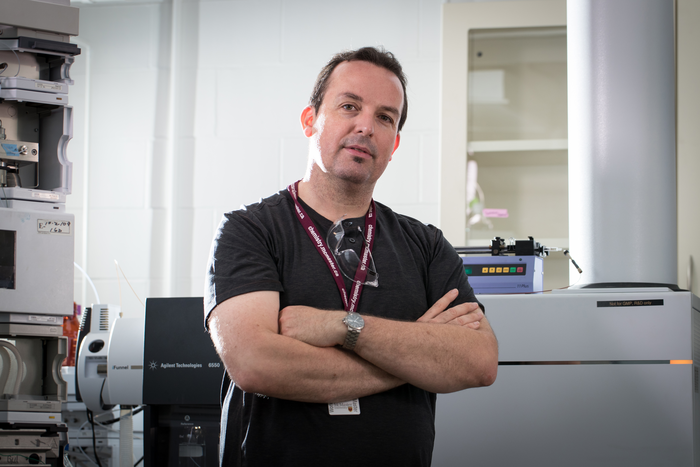HAMILTON, ON – Mar 24, 2024 – Tobacco users in Canada are exposed to higher levels of cyanide than smokers in lower-income nations, according to a large-scale population health study from McMaster University.

Credit: McMaster University
HAMILTON, ON – Mar 24, 2024 – Tobacco users in Canada are exposed to higher levels of cyanide than smokers in lower-income nations, according to a large-scale population health study from McMaster University.
Scientists made the discovery while investigating the molecule thiocyanate – a detoxified metabolite excreted by the body after cyanide inhalation. It was measured as a urinary biomarker of tobacco use in a study of self-reported smokers and non-smokers from 14 countries of varying socioeconomic status.
“We expected the urinary thiocyanate levels would be similar across regions and reflect primarily smoking intensity. However, we noticed significant elevation of thiocyanate in smokers from high-income countries even after adjusting for differences in the number of cigarettes smoked per day,” says Philip Britz-McKibbin, co-author of the study and a professor of chemistry and chemical biology at McMaster.
Tobacco-related illness remains the leading cause of preventable illness and premature death in Canada, contributing to approximately 48,000 deaths annually. According to researchers, the findings could be caused by the type of cigarettes smoked in high-income countries like Canada.
“The cigarettes commonly consumed in Canada are highly engineered products with lower tar and nicotine content to imply they’re less harmful. Heavy smokers with nicotine dependence compensate by smoking more aggressively with more frequent and deeper inhalations that may elicit more harm, such as greater exposure to the respiratory and cardiotoxin, cyanide.”
Smoking rates in Canada have declined from 26 per cent in 2001 to 13 per cent in 2020. But participation in smoking cessation programs has declined during the COVID-19 pandemic, leading to concern about a potential uptick in smoking rates, including cannabis use and a plethora of vaping of products popular among young adults.
Researchers say urinary thiocyanate can serve as a robust biomarker of the harms of tobacco smoke that will aid future research on the global tobacco picture, since most smokers now reside in developing countries. As smoking rates have decreased here in Canada, at-risk groups like youth and pregnant women have been prone to underreport their tobacco use when surveyed, making a reliable biomarker more valuable.
“Historically assessing tobacco behaviors have relied on questionnaires that are prone to bias, especially when comparing different countries and local cultures. The idea is to find robust methods that can quantify recent tobacco smoke exposure more reliably and objectively, which may better predict disease risk and prioritize interventions for smoking cessation.” says Britz-Mckibbin.
The study was published in the latest issue of Nicotine and Tobacco Research and received funding from the Natural Sciences and Engineering Research Council of Canada, Genome Canada, the Canada Foundation for Innovation, Hamilton Health Sciences New Investigator Fund, and an internal grant from the Population Health Research Institute.
-30-
For more information please contact:
Matt Innes-Leroux
Media Relations
McMaster University
647-921-5461 (c)
Photos of Philip Britz-McKibbin can be found here
Credit: McMaster University
Journal
Nicotine & Tobacco Research
DOI
10.1093/ntr/ntad027
Method of Research
Experimental study
Subject of Research
People
Article Title
Validation of Urinary Thiocyanate as a Robust Biomarker of Active Tobacco Smoking in the Prospective Urban and Rural Epidemiological Study
Article Publication Date
24-Mar-2023
COI Statement
The authors declare no competing interests.




